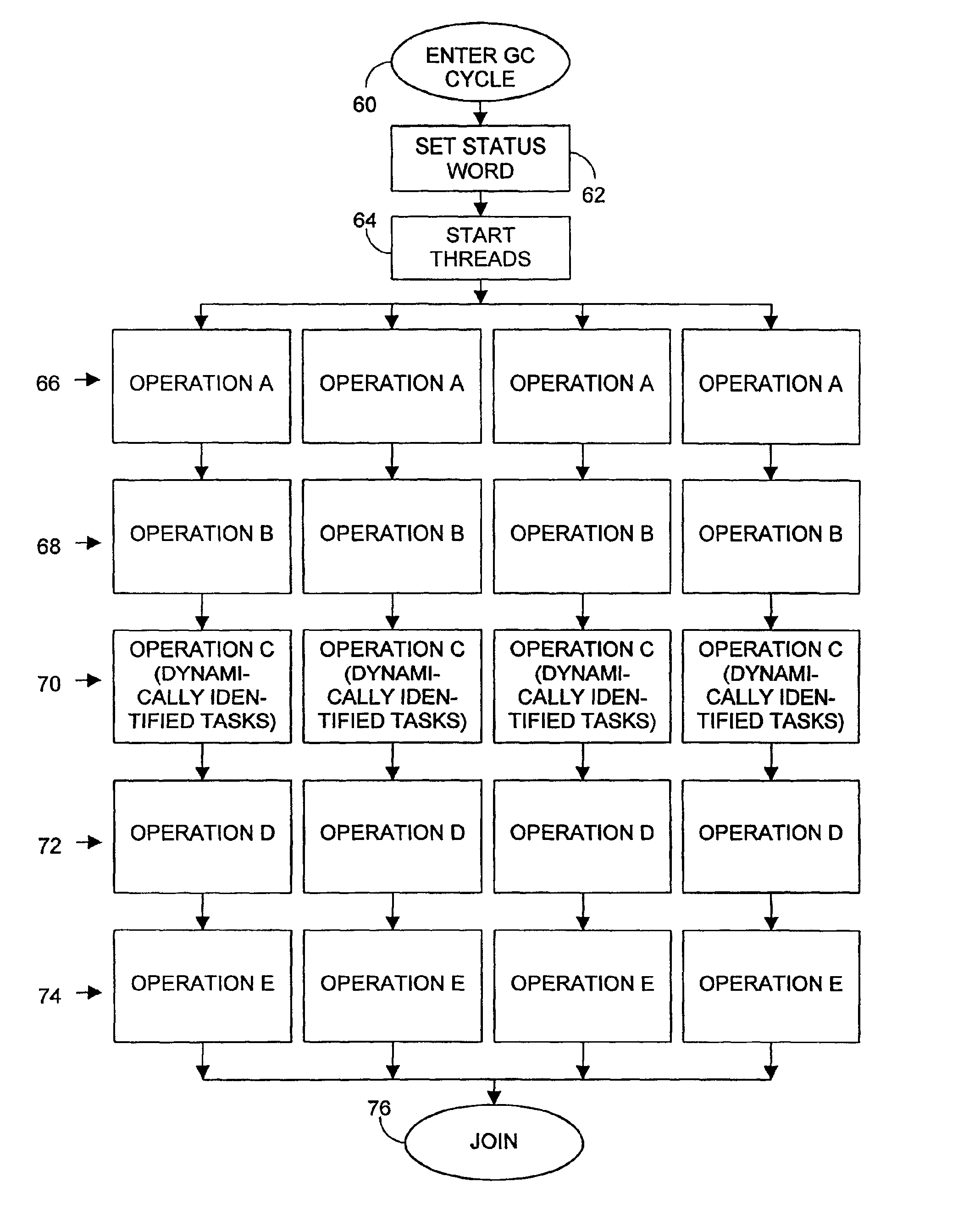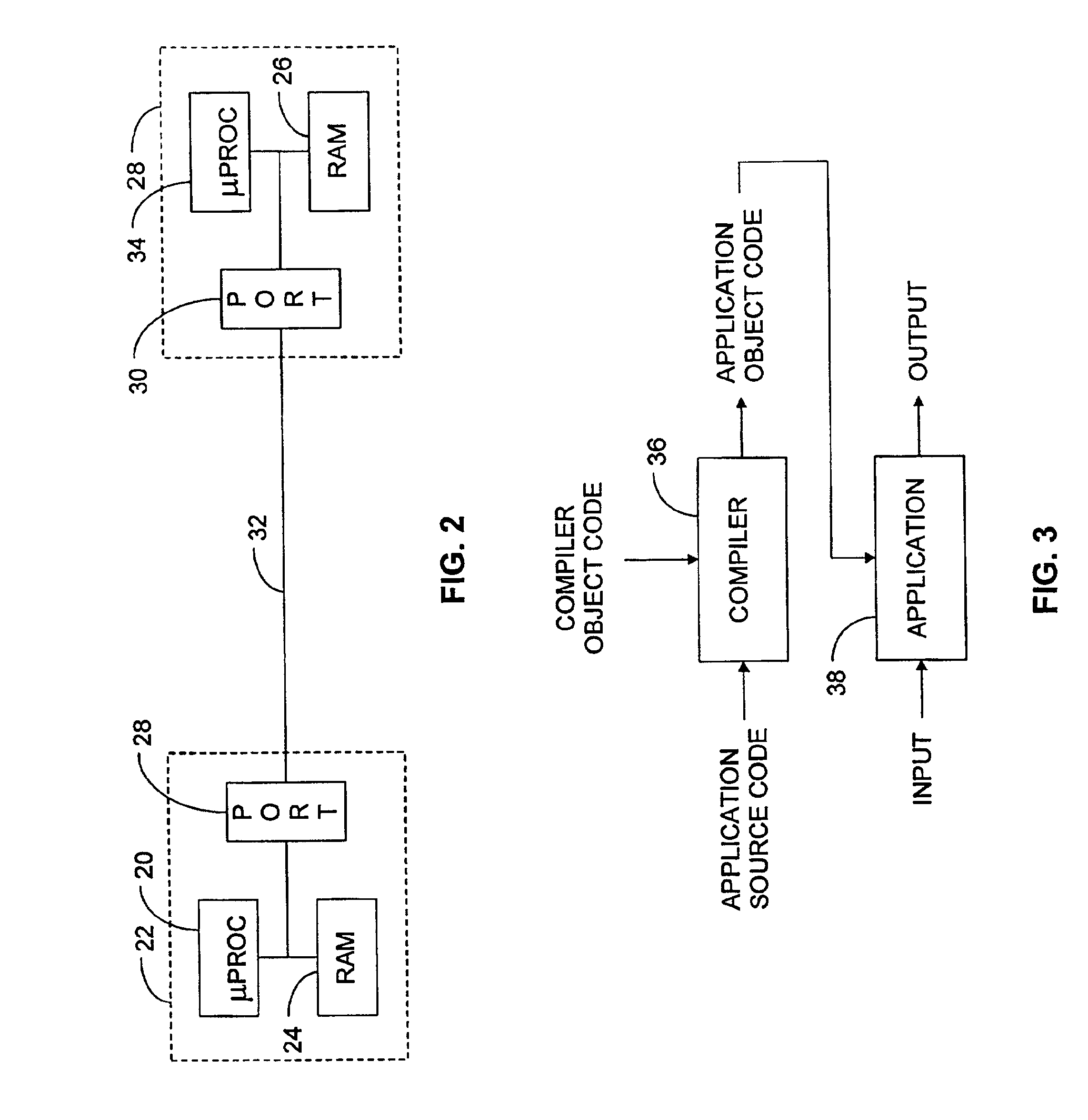Globally distributed load balancing
a load balancing and load technology, applied in the field of multi-threaded operation in computer systems, can solve the problems of large time consumption, large loss of parallel processing advantage, and user inability to tell the user, so as to avoid expensive atomic operations and eliminate performance costs
- Summary
- Abstract
- Description
- Claims
- Application Information
AI Technical Summary
Benefits of technology
Problems solved by technology
Method used
Image
Examples
Embodiment Construction
[0026]EMBODIMENT The present invention's teachings concerning task allocation in parallel-execution operations operation can be implemented in a wide variety of systems. Some of the benefits of employing multiple threads can be obtained in uniprocessor systems, of which FIG. 1 depicts a typical configuration. Its uniprocessor system 10 employs a single microprocessor such as microprocessor 11. In FIG. 1's exemplary system, microprocessor 11 receives data, and instructions for operating on them, from on-board cache memory or further cache memory 12, possibly through the mediation of a cache controller 13. The cache controller 13 can in turn receive such data from system read / write memory (“RAM”) 14 through a RAM controller 15, or from various peripheral devices through a system bus 16.
[0027]The RAM 14's data and instruction contents, which can configure the system to implement the teachings to be described below, will ordinarily have been loaded from peripheral devices such as a syst...
PUM
 Login to View More
Login to View More Abstract
Description
Claims
Application Information
 Login to View More
Login to View More - R&D
- Intellectual Property
- Life Sciences
- Materials
- Tech Scout
- Unparalleled Data Quality
- Higher Quality Content
- 60% Fewer Hallucinations
Browse by: Latest US Patents, China's latest patents, Technical Efficacy Thesaurus, Application Domain, Technology Topic, Popular Technical Reports.
© 2025 PatSnap. All rights reserved.Legal|Privacy policy|Modern Slavery Act Transparency Statement|Sitemap|About US| Contact US: help@patsnap.com



